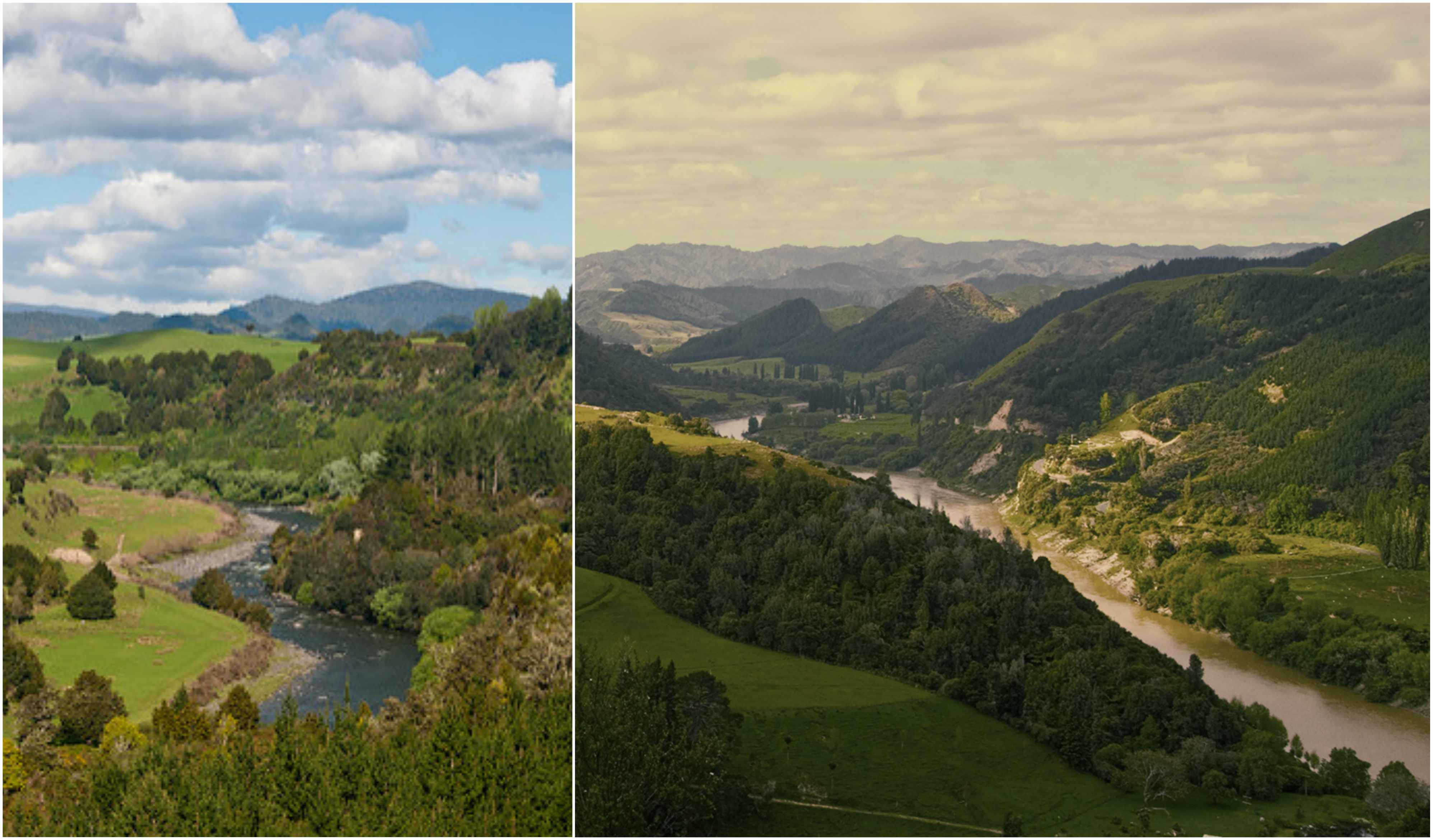The Whanganui river – The first natural resource in the world to be given a legal personhood

When it comes to beautiful rivers the Whanganui river is right up there, it is 180 miles (290 kilometers) long making it the third- longest river in New Zealand. If you are planning on visiting then make some time to visit the Whanganui river.
The upper side of the river passes through the territory of Whanganui National Park, but the river itself is not part of it. It rises from Mount Tongariro which is one of three active volcanoes of the central plateau. The Whanganui River flows toward the northwest, and at the town of Taumarunui, it turns southeast to the coast at Whanganui.


The river is New Zealand’s longest navigable river and of a special importance to the Maori people. Thanks to them, the river got a special status in March 2017 as that of a legal person, becoming the first natural resource in the world to be given its own legal identity, rights, duties, and liabilities. The Maori people consider the Whanganui river as their ancestor and they were fighting to get the present status from the New Zealand government for 160 years.



According to the Maori’s legend, the Mount Taranaki wanted to leave the central plateau for the coast, so the land got split open and the river filled the rift. It was first discovered by Tamatea, one of the very first leaders of the original movement to the new land. He traveled along the river and got to Lake Taupo, so today, many places where he passed by are named in his honor.



The Whanganui River was the principal route to the interior for many years, even though is has more than 200 rapids and many stretches of white water.
It has always been very important for the communication to all the central North Island settlers, especially for the Maori. In 1843, the river valley got changed, after the Wanganui earthquake. In the 1970s there were some contents spilled from the Ruapehu Crater Lake during a minor eruption from Mount Ruapehu. However, the contents were toxic for the river’s fauna and much of the marine life downstream were killed.




Whanganui River has not only a status as a person but also has the history of a “long-living” person. According to the Maori’s tradition, it was the world’s first river. So anything that happens to the river, associated with natural causes, inhabits, or tourism affects all Maori people. That was the reason why they required a legal “personhood” of the river.




The New Zealand’s Minister for Treaty Negotiations, Chris Finlayson has stated: “I know the initial inclination of some people will say it’s pretty strange to give a natural resource a legal personality, but it’s no stranger than family trusts, or companies or incorporated societies.”
MP Adrian Rurawhe, the representative of the Maori, said “The river as a whole is absolutely important to the people who are from the river and live on the river…From a Whanganui viewpoint the wellbeing of the river is directly linked to the wellbeing of the people, and so it is really important that’s recognized as its own identity.”



The news for the legal status of Whanganui River was celebrated with a lot of music and tears among the Maori people.
If you have any comments then please drop us a message on our Outdoor Revival Facebook page
If you have a good story to tell or blog let us know about it on our FB page, we’re also happy for article or review submissions, we’d love to hear from you.
We live in a beautiful world, get out there and enjoy it.
Outdoor Revival – Reconnecting us all with the Outdoor
